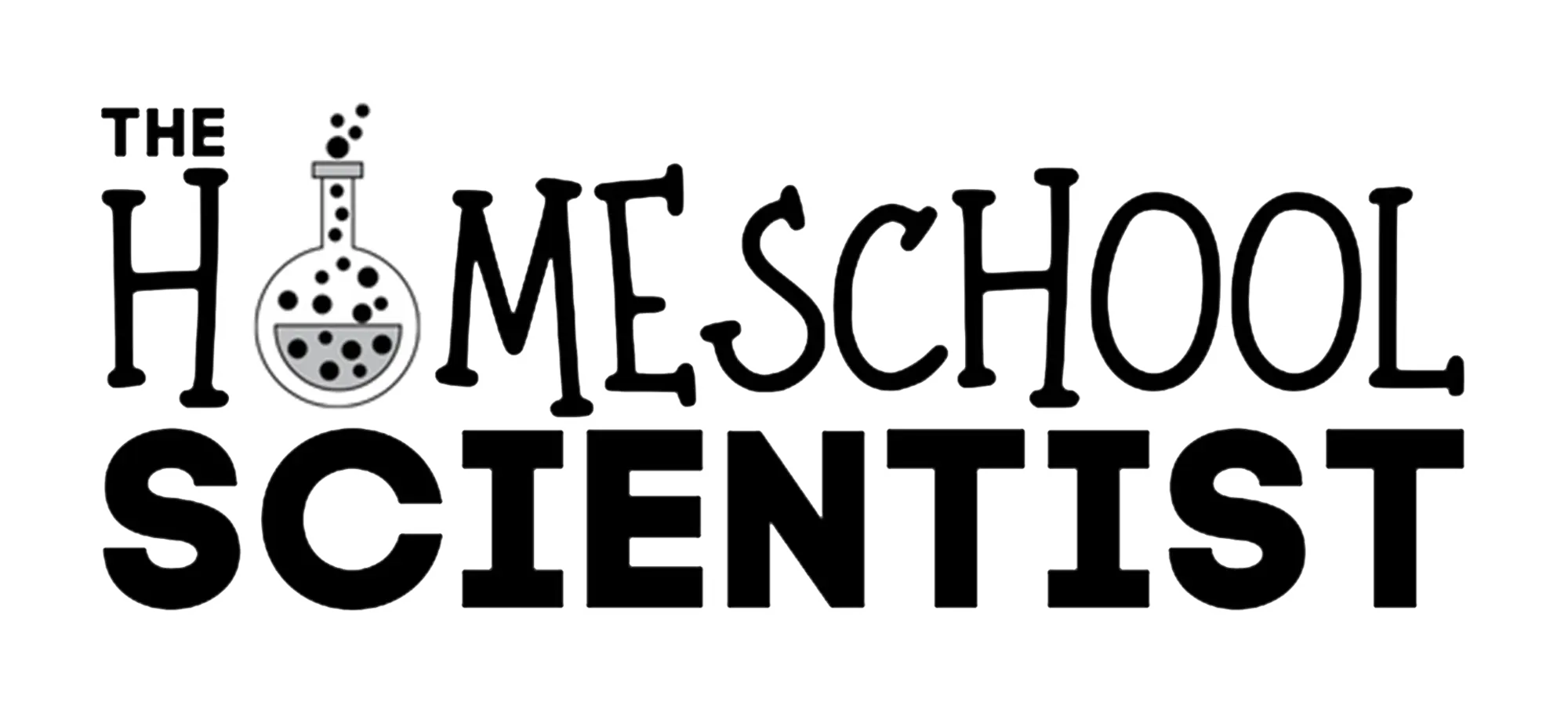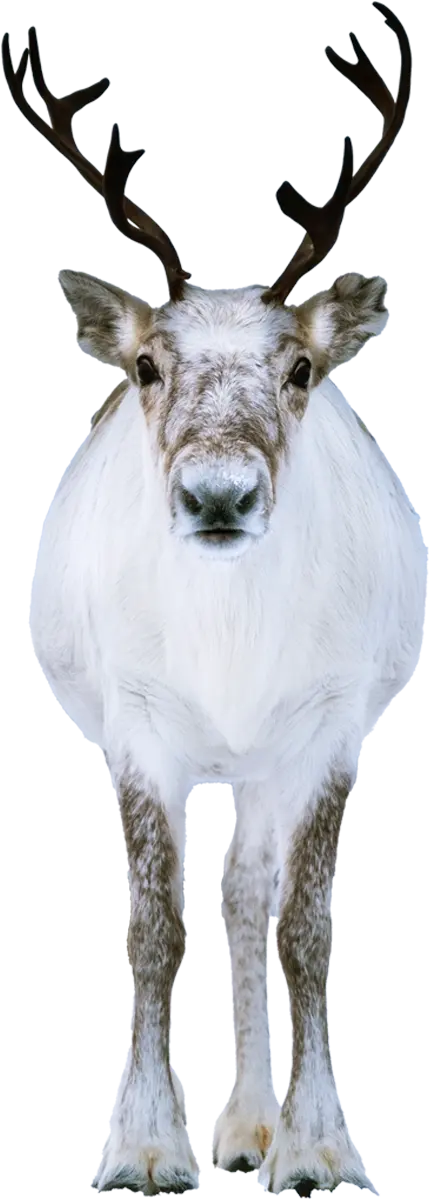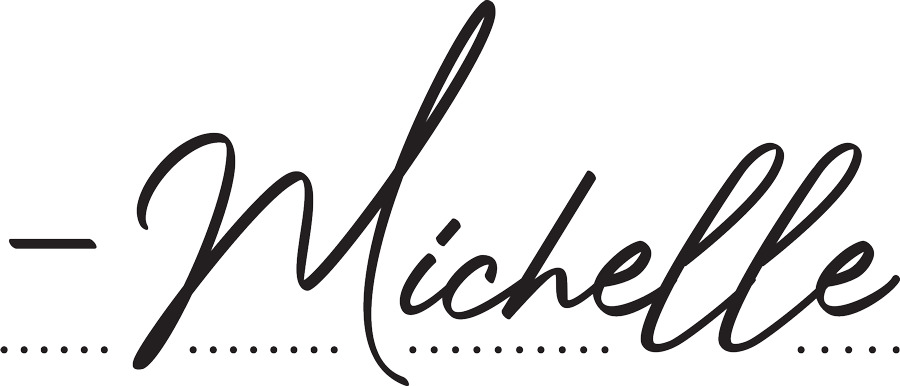
with Michelle Moody


ermafrost is ground that stays frozen all year long. It is found in areas where the temperatures stay cold enough to keep the ground frozen every year, all the time.
You might live in an area with very cold weather, and the ground is frozen from November through March (or thereabouts). Ground has to be frozen continuously for two years to be considered permafrost.
“Permafrost covers about 20% of the Earth’s land surface and even extends under the Arctic sea floor.”
Where in the World?
Permafrost covers about 20% of the Earth’s land surface.
Plus, permafrost is also under the Arctic sea floor.
Here are the different areas in the world where permafrost is found:
- In the arctic regions, permafrost is found in the northern and interior parts of Alaska, the Yukon, Northwest Territories, and Nunavut areas of Canada as well as the inland areas of Greenland.
- Permafrost in Tibet holds rocks and soils frozen in place in high mountains around the world and extends across parts of China, Nepal, Bhutan, and India.
- Permafrost is also found in Siberia Russia. In fact, this is where the largest area of continuous permafrost is found.
- The Tibetan Plateau, often called the “Third Pole,” is home to the largest permafrost area outside the Arctic. This nickname comes from the massive amount of ice and frozen ground found in this high-altitude region, which contains the most ice and snow after the North and South Poles.
- The northern parts of Sweden and Norway that are above the Arctic circle contain permafrost as well.
- High mountain areas in the Rocky Mountains and Alps also contain permafrost.
Permafrost contains plant and animal fossils that have been frozen for thousands of years. This decay gives permafrost the odor of a compost pile.
There are four types of permafrost:
- Continuous permafrost: Frozen ground without unfrozen areas and gaps
- Discontinuous permafrost: Frozen ground with some unfrozen gaps
- Subsea permafrost: Frozen ground under the sea
- Ice sheets: Ground where the soil under the surface might or might not be frozen
Permafrost isn’t just one simple layer of frozen ground. It actually has different layers that scientists study carefully. The deepest permafrost ever discovered was in Siberia at 5,413 feet. The deepest found in Alaska was 1,000 feet.
The layers of permafrost are:
1. Active Layer:
This is the top layer of ground that changes throughout the year. During summer, this layer thaws and becomes soft and muddy. In winter, it freezes, forming a solid layer of ice and frost.
The active layer is a habitat for plants and small animals, like rodents and insects. The active layer also has organic matter like dead plants and animals, animal feces, algae, lichen, bacteria, and fungi.
When the permafrost thaws, the animals move through the softened soil. Water flows and creates temporary pools, and mosses, lichens, and small shrubs grow.
During this thawing time, the organic material (the dead plants and animals) also thaw and release carbon dioxide and methane into the atmosphere.
The permafrost layer is composed of soil, rock, ice, and various types of organic material. It can contain significant amounts of ice, which can form ice wedges, frost heaves, and other unique geological features.
The temperature in this layer ranges from 23° to 32° Fahrenheit.
Scientists have discovered that some permafrost is so old that it contains preserved plants, animals, and even ancient microorganisms.

3. Bedrock:
Methane Bubbles Trapped in Thermokarst Lake Ice
When it gets warmer, the permafrost starts to thaw and releases carbon dioxide and methane. These gases are released from the dead plants and animals in the permafrost layer. These released gases can make temperatures even warmer. This is a cycle scientists call the feedback loop.
The melting of permafrost also leads to coastal erosion, resulting in major changes to the landscape and causing some residents in Alaska to move their homes.
When ice-rich permafrost melts, areas that used to be tundra or forest can turn into lakes called thermokarst lakes because the ground sinks down. The carbon that was stored in the frozen ground is then eaten by tiny living things called microbes. These microbes release methane gas, and when lake ice forms in the winter, methane gas bubbles are trapped in the ice.
As materials warm up during thawing, they can expand. If the materials are tightly fitted, the expanding materials can warp or crack.
The soft ground from the melting permafrost is also causing some homes to sink. The ground freezing, thawing, refreezing, and thawing causes buildings to sink unevenly. This settling can lead to damage, like cracks in walls, floors, and foundations, so people must rethink their construction methods.
Many residents are raising buildings on stilts or using specialized foundations to withstand thawing ground. Home builders are also using more flexible materials.
In the photograph here, you can see the standing water from the thawing ground. This photograph was taken by field scientists studying permafrost in Alaska.
©Joshua C Koch, Ph.D., Research Hydrologist, Alaska Science Center
The moisture from the thawing ground can cause water to pool around the foundation of buildings and homes. This extra moisture can weaken those materials. There are some materials, like wood or insulation, that just aren’t meant to be wet all the time, so they rot and weaken over time.
We have an activity at the end of this article to help your children explore possible building designs and test them on their permafrost environment.
People in permafrost areas are also having to change the way they travel. Permafrost can cause roads to buckle. The thawing ground can also cause erosion and weaken the stability of a road, bridge, or building. Oftentimes, residents of these areas have to find a different route to travel because the roads are too dangerous.
Permafrost regions are also home to a variety of plants and animals, each uniquely adapted to survive in extreme conditions. The plants and animals help play an important role in helping humans survive, too.
Some of the animals include the bearded seal, the Arctic ground squirrel, reindeer, and snow geese. Plants include lichen, moss, and even blueberries!
Building a House on Permafrost
Can you build a home that survives melting permafrost? In this hands-on challenge, you’ll design and test a model house on a frozen foundation—then watch what happens when it thaws! Explore real-world engineering challenges and put your design skills to the test.


ichelle Moody, is a veteran homeschooling mom and owner of Thehomeschoolscientist.com. After earning a masters degree in child development and education, God’s plan took her into a 12 year biotechnology career. She came home to homeschool. Now, she has returned to her first love of helping children explore and discover the world God has gifted us. Besides homeschooling her own children, Michelle has taught in the traditional classroom, in co-ops, and on the mission field in Bangladesh.


